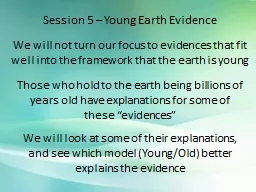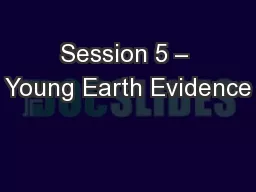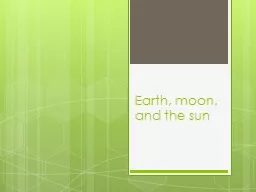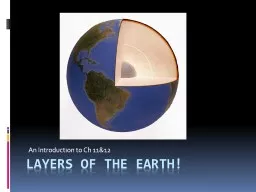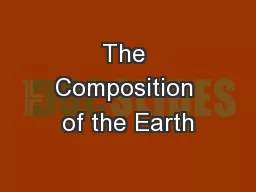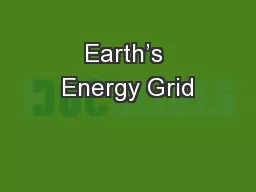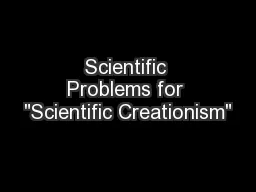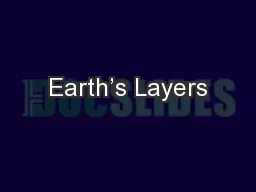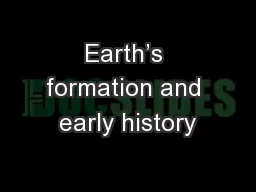PPT-Session 5 – Young Earth Evidence
Author : liane-varnes | Published Date : 2018-01-23
We will not turn our focus to evidences that fit well into the framework that the earth is young Those who hold to the earth being billions of years old have explanations
Presentation Embed Code
Download Presentation
Download Presentation The PPT/PDF document "Session 5 – Young Earth Evidence" is the property of its rightful owner. Permission is granted to download and print the materials on this website for personal, non-commercial use only, and to display it on your personal computer provided you do not modify the materials and that you retain all copyright notices contained in the materials. By downloading content from our website, you accept the terms of this agreement.
Session 5 – Young Earth Evidence: Transcript
Download Rules Of Document
"Session 5 – Young Earth Evidence"The content belongs to its owner. You may download and print it for personal use, without modification, and keep all copyright notices. By downloading, you agree to these terms.
Related Documents

